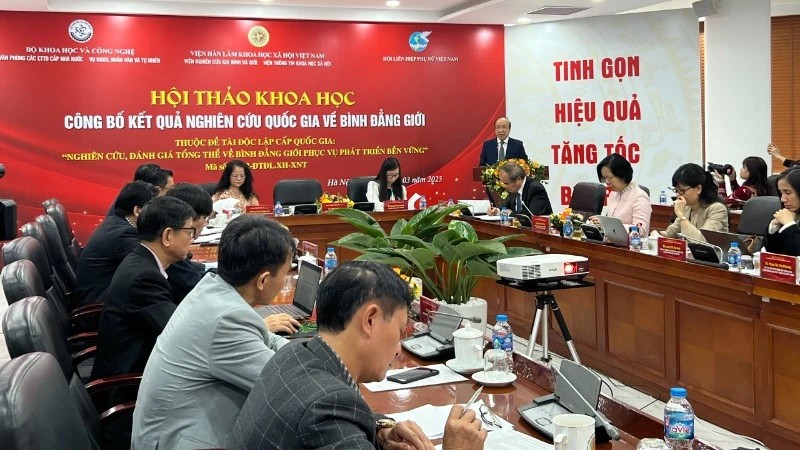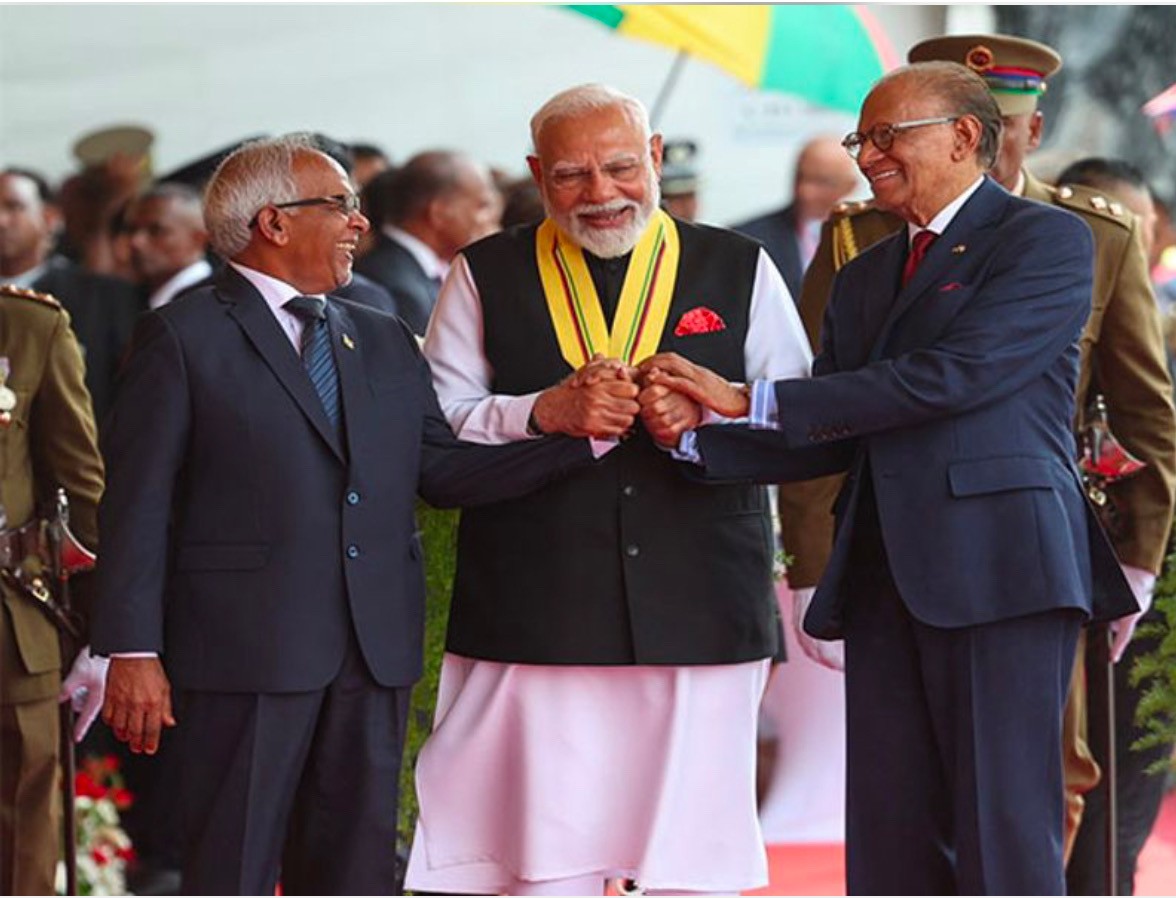India forging ahead to become a semiconductor hub
 |
Earlier in December 2021, the government had launched the India Semiconductor Mission, a programme to develop a domestic ecosystem for manufacturing semiconductors and displays. This initiative aims to make India a major player in this field with a budget of Rs. 76,000 crore. In June 2023, the government approved a proposal from Micron to build a semiconductor facility in Sanand, Gujarat. Construction of this facility is underway, and it is expected to spur the growth of a strong semiconductor ecosystem in the surrounding area.
Tata Electronics Private Limited (TEPL) is partnering with Powerchip Semiconductor Manufacturing Corp (PSMC) from Taiwan to build a semiconductor fabrication facility (fab) in Dholera, Gujarat, India. This fab will have a production capacity of 50,000 wafers starts per month (WSPM) and will focus on creating chips for various sectors like high-performance computing, electric vehicles, and consumer electronics. The total investment for this project is estimated to be Rs. 91,000 crore. PSMC is known for its expertise in chip manufacturing that will bring its experience to the table while TEPL leverages its presence in the Indian market.
This plant will be the first in India to manufacture semiconductor wafers which are used in many industries and is expected to begin construction in about three months. This is a major step forward for India which has previously struggled to attract global semiconductor companies. It is also important because most of the world’s chip manufacturing is currently concentrated in a few countries, such as China, Taiwan, and South Korea.
Tata Semiconductor Assembly and Test, a private limited company (TSAT), is planning to build a new semiconductor facility in Morigaon, Assam, India. This project is estimated to cost ₹27,000 crore. The company is developing its own advanced packaging technologies, including flip chip and ISIP (integrated system in package). This project aims to create a complete ecosystem for semiconductor manufacturing in the region. Once operational, the facility will have a daily production capacity of 48 million units and cater to various sectors, including automotive, electric vehicles, consumer electronics, telecom, and mobile phones. It is also expected to generate over 27,000 jobs, both directly and indirectly.
The TSAT facility in Morigaon will focus on manufacturing three main technologies: Wire Bond, Flip Chip, and Integrated Systems Packaging (ISP). These technologies will create components for various industries, including automotive, communications, and electronics. The facility will benefit from investments in Indian-developed technology and a team with extensive experience. Construction is expected to begin this year, with the first part of the facility opening in mid-2025. This project aligns with the Indian government’s plan to become more self-sufficient in technology and industry. Building this facility is a major step forward for India’s technological independence and economic growth.
The India Semiconductor Mission has made significant progress in a short period of time, achieving four major milestones. There has been a surge of interest from major semiconductor companies around the world. The Indian government has announced financial incentives totaling $7 billion for several new semiconductor manufacturing facilities, including a collaboration with Micron. Additionally, India is actively attracting foreign companies like Foxconn and AMD to set up local operations. This comprehensive plan is designed with a 20-year timeframe that has potential to leverages India’s existing pool of 300,000 design engineers who already contribute to the global chip design landscape.
CG Power is joining forces with Renesas Electronics from Japan and Stars Microelectronics from Thailand to build a new semiconductor facility in Sanand, Gujarat, India. The project will involve an investment of Rs.7,600 crore. Renesas, a major player in specialized chips, will provide technological expertise. The facility will manufacture chips for various sectors including consumer electronics, industrial applications, automobiles, and power. It is expected to have a production capacity of 15 million units per day.
Samsung Semiconductor India Research (SSIR) has opened a new R&D facility in Bengaluru, focusing on cutting-edge research. Additionally, the government’s Design-Linked Incentive (DLI) Scheme is supporting domestic companies. Saankhya Labs and SensesemiTechnologies received approval under this scheme, allowing them to develop advanced solutions for various applications, including 5G, satellite communication, and medical devices. Furthermore, a joint venture between Murugappa Group, Renesas Electronics, and Stars Microelectronics is planned to establish a semiconductor assembly and testing facility in Gujarat. This venture is awaiting government approvals and subsidies.
In a significant development, Israeli chipmaker Tower Semiconductor is nearing the final stages of securing approval for an $8 billion fabrication plant in India. This would be the first instance of a top global company participating in India’s $10 billion chip manufacturing initiative. The government is aiming to approve the proposal before the upcoming general elections. These developments highlight India’s growing presence in the global semiconductor landscape.
The Minister of State for Electronics & Technology highlighted this positive development, stating that India is rapidly emerging as a player in the global semiconductor industry. He pointed out that just two years ago, India had no presence in this crucial sector. A total of Rs. 2.50 Trillion is planned to be invested through these companies.
As India embarks on this ambitious journey, it has the potential to become a global centre for both innovation and manufacturing in the semiconductor sector. Additionally, this initiative paves the way for the indigenous development of advanced packaging technologies within India. The establishment of these units will create 20,000 direct jobs in advanced technology, alongside an estimated 60,000 indirect jobsacross various industries. This will significantly boost employment in downstream sectors that rely on semiconductors, such as automotive, electronics, telecommunications, industrial manufacturing, and many others.
The government acknowledges the rapid pace of change in the semiconductor industry and is focusing on capturing market share in the 28 nanometer and above chip segment, which is still in high demand for various applications. They believe India’s large talent pool and growing international collaborations will position them well in this market. While the US has a larger budget for its semiconductor program whereas India is making rapid progress with its $10 billion initiative. In essence, India’s Semiconductor Mission marks a transformative leap in the nation’s technological sphere, brimming with full potential and abundant opportunities.
With the approval of three new manufacturing facilities and strategic collaborations with global giants, India is swiftly emerging as a formidable player in semiconductor production. Initiatives like Tata Electronics’ partnership with Powerchip, CG Power’s collaboration with Renesas and Stars Microelectronics, and the potential $8 billion investment from Tower Semiconductor underscore India’s commitment.
The government’s holistic approach, focusing on talent development, comprehensive chip design, and international collaborations, positions India for global semiconductor prominence. As the nation strides towards self-sufficiency, it promises innovation, economic growth, and a pivotal role in the dynamic semiconductor industry.
Most read
Recommended
 Economy
Economy
Henkel presents the next edition of the Martha Schwarzkopf Award for outstanding female scientists
 Economy
Economy
Vietnam's Aviation Authority Evaluates China's COMAC C909 Aircraft
 Make in Vietnam
Make in Vietnam
Vietnam Considers Regulatory Changes to Import China's Comac C909 Aircraft
 Economy
Economy
Visa offers seamless tap-to-ride experiences for Visa cardholders on Ho Chi Minh City Metro Line 1
Popular article
 Economy
Economy
Top 5 Richest Persons in Vietnam as of March 2025
 Make in Vietnam
Make in Vietnam
Vietnam Urged to Establish a Legal Framework for Digital Assets and Cryptocurrency
 Make in Vietnam
Make in Vietnam







